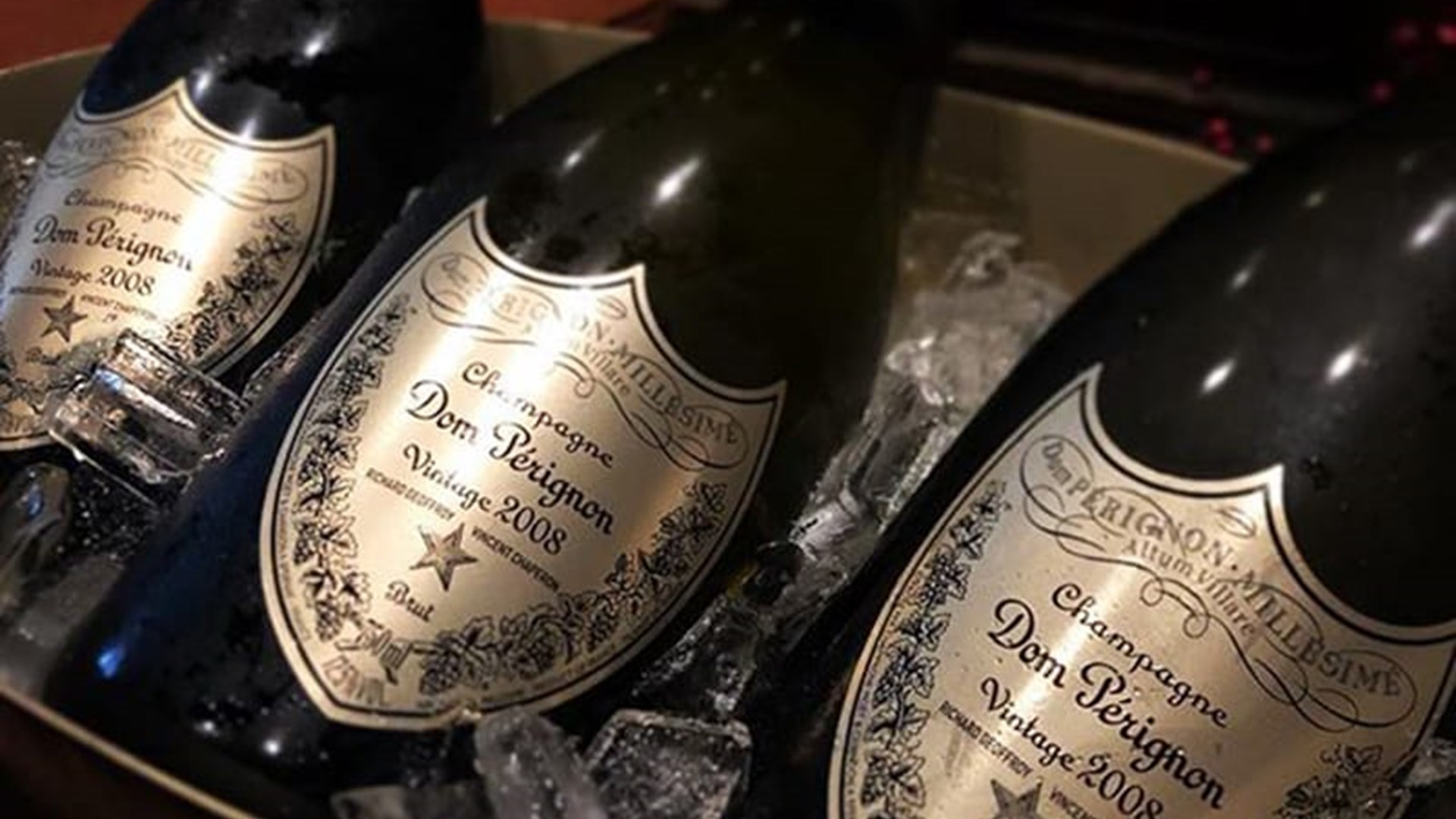Market Analysis - Champagne - 10. July 2020
Analysis: Are Champagne Prices Skyrocketing?
The price of grapes for champagne production has increased by 80% during the last 15 years, making it the most expensive grapes in the world. The vineyard prices in Champagne have even increased fivefold in the last 25 years. In addition, there are rising costs for production - among other things, due to the transformation to more sustainable production. However, the price of a bottle of champagne has not increased approximately correspondingly, which leads to speculation about more significant price increases in the long run.
The well-respected wine medium, Decanter, reports that the ever-increasing production costs have consequences for the price of a bottle of champagne. Maybe not tomorrow or the day after tomorrow, but undoubtedly within the next 5 to 10 years.
The Corona crisis has led to a temporary decline in sales of Champagne of just over 40%, which means that producers have disproportionately large quantities in stock. Therefore, there is no immediate prospect of price increases. On the contrary, this is a unique opportunity to make a really good trade right now.
Price increases seem inevitable in a larger perspective, and as a wine investor, it is particularly interesting. There are reports of minimal price increases of just over 13% in the past decade, but this is in sharp contrast to production costs, which have risen exponentially in the same period.
Increasing Production Costs
The vineyards in Champagne are currently traded at € 1.5 million per hectare, making them the most expensive vineyards on the planet and about 60 times as expensive as a typical vineyard in Bordeaux, Decanter reports (source SAFER, 2018).
The price per kilogram of grapes for champagne production is traded at a good € 7 on average and € 8 if we are talking about the finest champagnes. The grapes have thus increased by more than 80% in just 15 years. According to Lanson, chef de cave Hervé Dantan, a further price increase for the grapes is expected in the next 4-5 years, Decanter reports.
Approximately 1.3 kg of grapes are used to produce a bottle of champagne, in addition to a production process that is more complex and time-consuming than any other wine production in the world. At the same time, Champagne is the type of wine that requires the longest ripening before it is released, and strict quality requirements mean that the quantities are limited and sometimes non-existent in individual vintages.
As a result, an economically unsustainable situation has arisen, which in all probability, will force champagne prices up within several years.

Climate Change And Sustainability Is Expensive
Climate change has also left its mark on the Champagne region, and the manual work in the vineyard is more demanding than ever. In 2016, an almost catastrophic harvest was experienced, and the same was the case in 2017, which is even described by several producers as the worst ever.
Rising demands from the outside world for organic and biodynamic viticulture lead to rising costs and declining quantities. One-fifth of the vineyards in Champagne are certified as sustainable; by the end of 2030, the goal is for all the vineyards to be sustainable.
According to Decanter, Vincent Chaperon, chef de cave Dom Pérignon, does not doubt that the price of champagne will rise as a result of supply and demand, and he is backed by former chef de cave Veuve Clicquot, Dominique Demarville, who predicts champagne prices will rise more over the next 10 years than previously.
Champagne Power
We have already seen the first faint signs that champagne is starting to move. Thus, in 2018 there was not a single champagne brand to be found among the 10 best in the Power 100 index at the English wine exchange Liv-ex, while in 2019, there were as many as three champagnes to be found in the top 10.
Krug is to be found in fourth place, sharply pursued by Louis Roederer as number five, while Moët Chandon takes ninth place. In addition, it can be mentioned that Salon was the brand of all that had the most significant progress on the list. Salon went from position as number 79 in 2018 to position as number 13 in 2019. Liv-ex Power 100 lists the strongest brands in the industry and includes, among other things, value, volume, and trading activity.
As a champagne lover, do not panic. It will hardly be the case that prices rise sharply from one day to the next. If you put on the investor perspective, there is every reason to be happy that you have champagne in your portfolio. In the long run, the prospects for profit have always been within reach, not least if the price increases rapidly.
